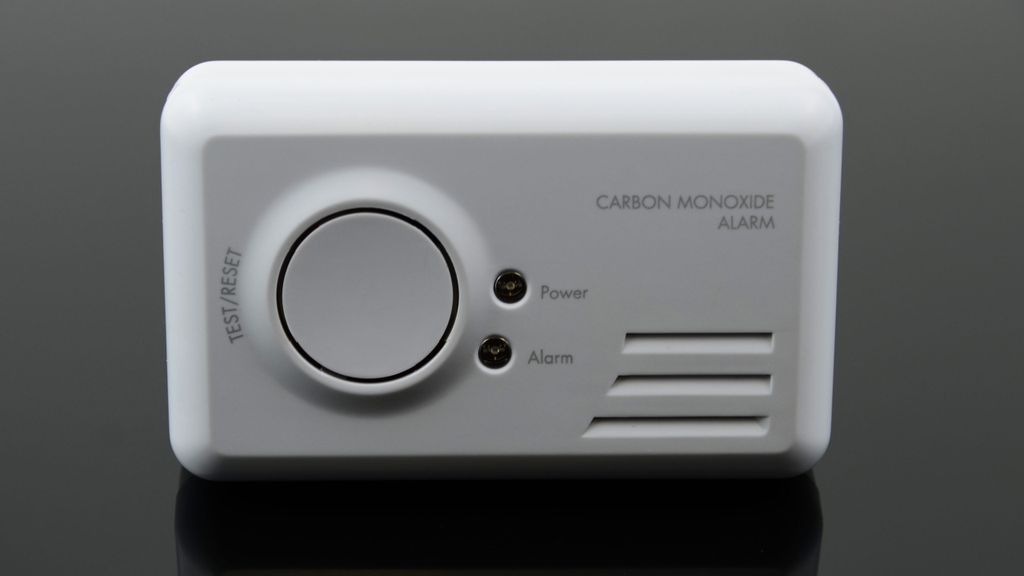Carbon Monoxide and Gas

Carbon monoxide is a poisonous gas. You can’t see it, taste it or smell it but carbon monoxide kills quickly and with no warning. Once it enters the body, carbon monoxide prevents the blood from carrying oxygen to cells, tissues and organs. Levels of carbon monoxide that do not kill can cause serious harm to health if breathed in over a long period of time. In extreme cases, prolonged exposure to carbon monoxide can cause paralysis and brain damage.
Carbon monoxide is produced when carbon-based fuels such as gas, oil, wood and coal are only partially burnt. Carbon-based fuels are normally safe to use; it is only when the fuel does not burn properly that poisonous carbon monoxide gas is produced. A common reason for this in the home is when gas appliances and flues have not been properly installed or maintained, or are poorly ventilated. – this reason alone kills around fifteen people every year.
What are the symptoms of carbon monoxide poisoning?
Early symptoms of carbon monoxide poisoning can mimic many common ailments and may easily be confused with food poisoning, viral infections, flu or simple tiredness.
Symptoms to look out for include:
- Headaches or dizziness
- Breathlessness
- Nausea
- Loss of consciousness
- Tiredness
- Pains in the chest or stomach
- Erratic behaviour
- Visual problems
If you or your family experience any of the above symptoms and believe you may have been exposed to carbon monoxide, you should seek urgent medical advice from either your GP or an A&E department.
Signs that carbon monoxide is being produced include:
- Yellow or orange rather than blue flames (except fuel-effect fires or fuel-less appliances that display this colour flame)
- Soot or yellow/brown staining around or on appliances
- Pilot lights that frequently blow out
- Increased condensation inside windows
What should you do in an emergency?
If you suspect that someone is suffering from the effects of carbon monoxide poisoning and/or is unconscious within their home, dial 999 from outside the property and ask for the Fire and Ambulance Services. The Fire and Rescue Service will ventilate and monitor carbon monoxide levels on their arrival.
Do not enter the property unless it has been fully ventilated by the fire and rescue service.
For more information including advice on alarms visit